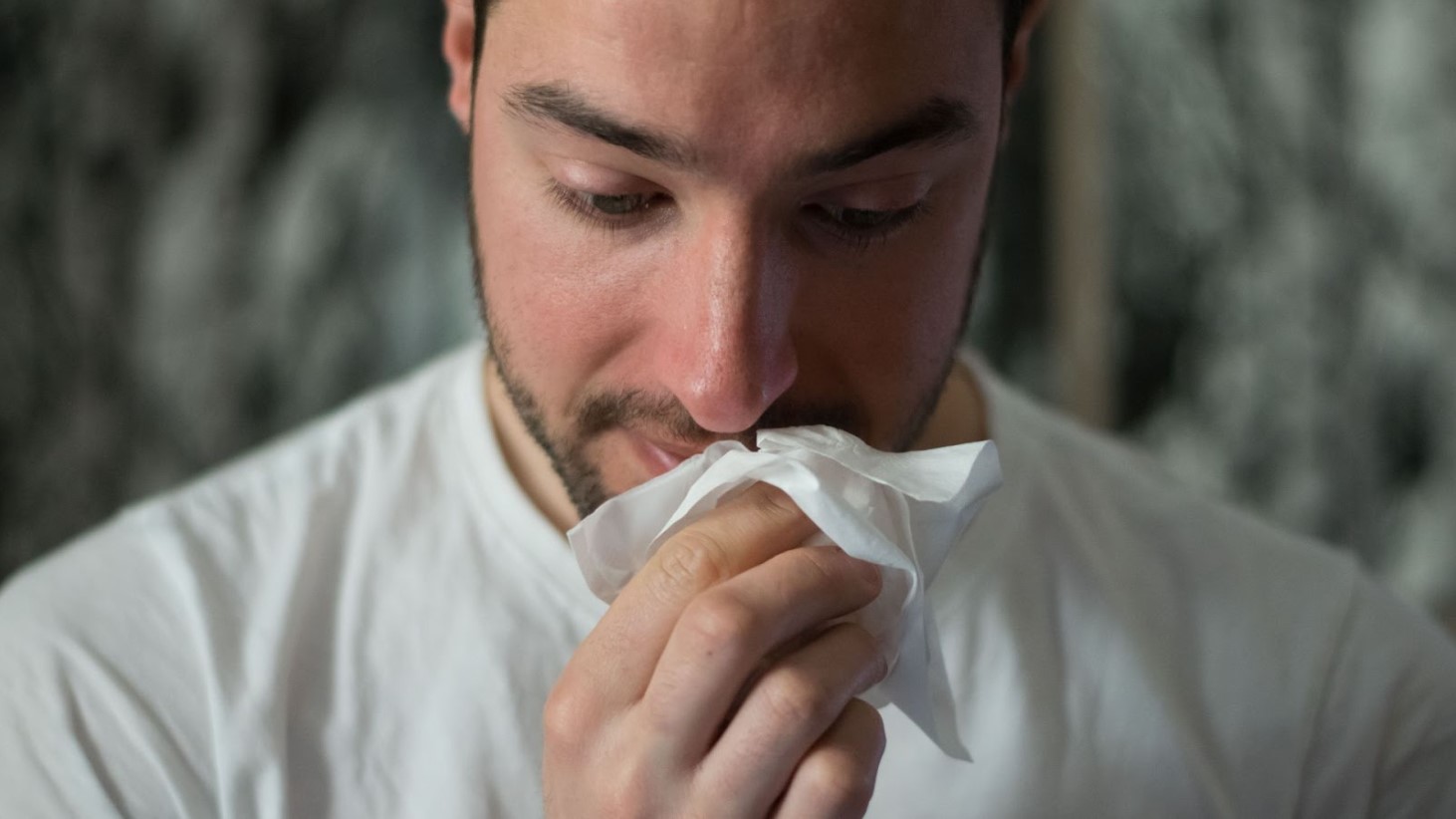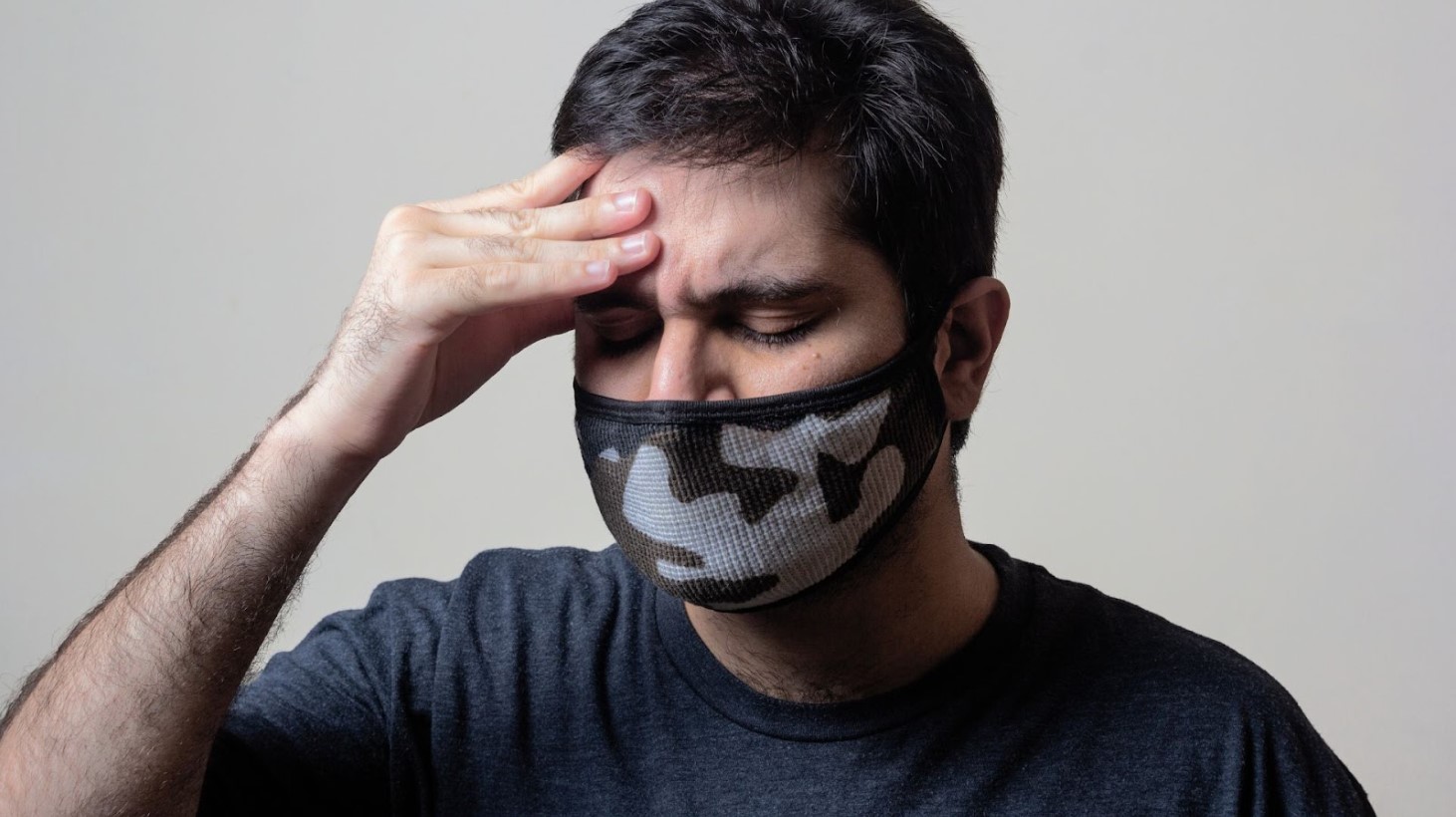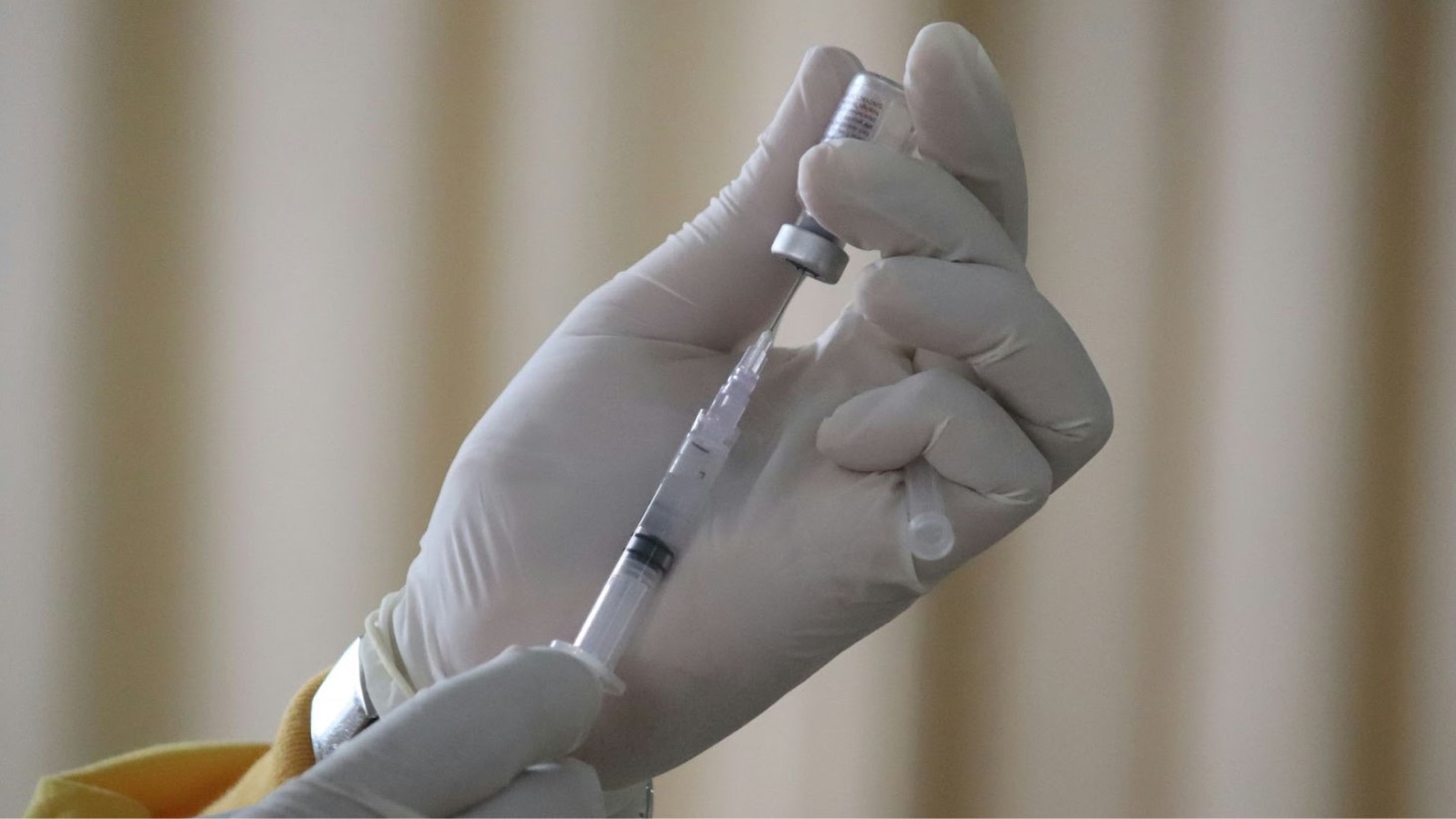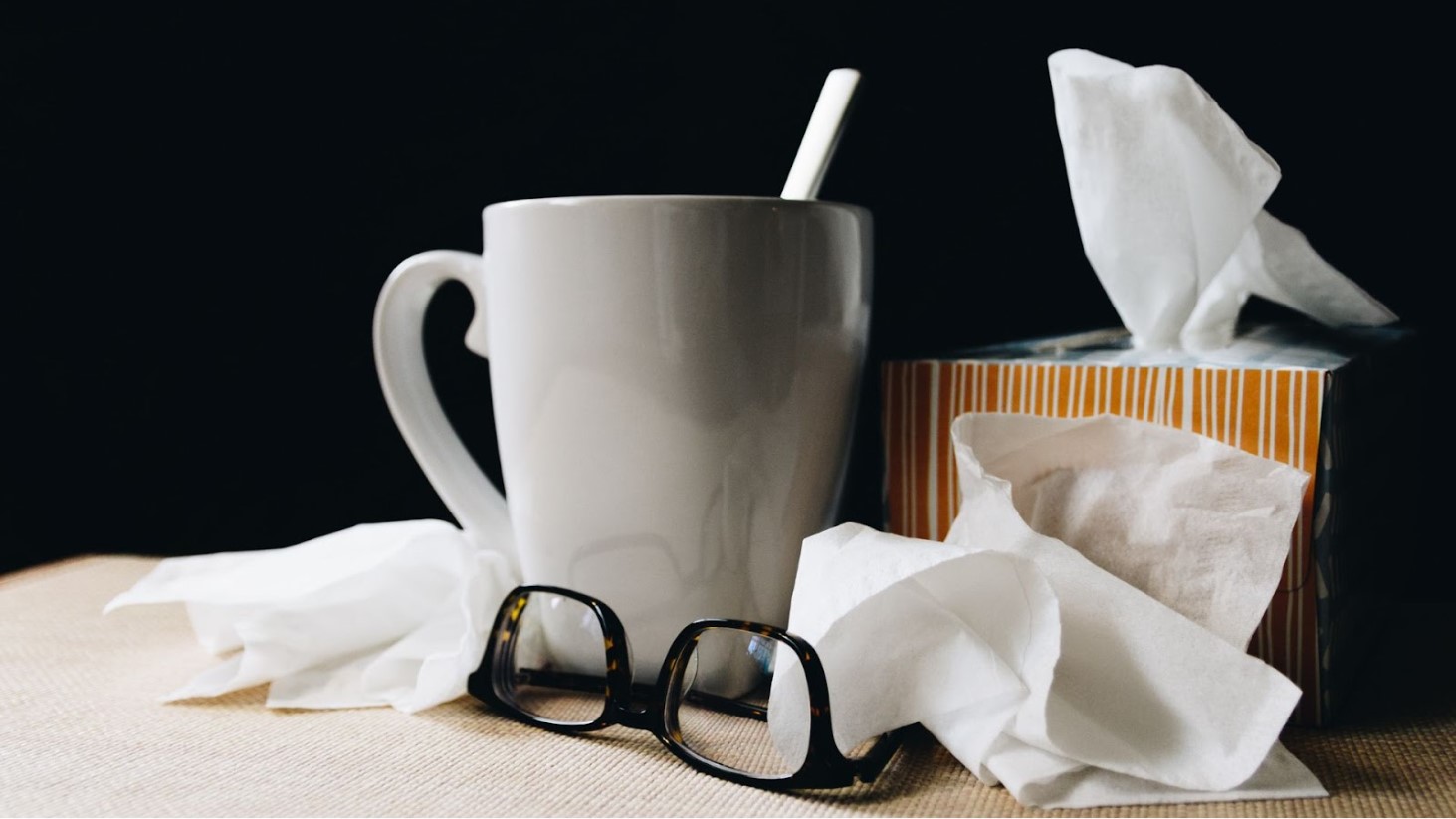As winter arrives with colder temperatures, a significant increase in respiratory illnesses is being observed across the United States. The Centers for Disease Control and Prevention (CDC) has identified several states, along with New York City, experiencing a surge in respiratory viruses.
This includes influenza (flu), Respiratory Syncytial Virus (RSV), and COVID. The escalation of these illnesses highlights a critical health concern as the nation enters the colder months.
CDC’s Alert: States With ‘Very High’ Illness Levels

The CDC reports that these states are experiencing “very high” levels of respiratory viruses. This categorization is based on the weekly percentage of doctor visits attributable to respiratory disease symptoms.
The states of South Carolina and Louisiana have been specifically designated as “Level 12” status, a classification indicating extremely high rates of illness.
Additional States Facing High Illness Rates

An additional 13 states are also grappling with high levels of respiratory illnesses. These include Alabama, California, Florida, Texas, New Jersey, Nevada, Wyoming, Colorado, New Mexico, Mississippi, Georgia, Tennessee, and North Carolina.
This widespread impact illustrates the severity of the current health situation in various regions of the country.
CDC’s Recommendation for Increased Caution

CDC Director Mandy Cohen has issued a video warning for Americans to take additional precautions against these illnesses.
As the highly-mutated “Pirola” COVID variant spreads rapidly, Cohen recommends reinforcing protective measures such as mask-wearing. This advice comes amidst a notable increase in virus transmission rates.
Preventive Measures Against Respiratory Illnesses

In addition to wearing masks, Cohen emphasizes the importance of vaccinations against COVID, flu, and RSV for eligible individuals, particularly those over 60 in the video.
Additional protective measures include regular hand washing, improving indoor ventilation, and general hygiene practices to mitigate the spread of these viruses.
Concerning Trends in Hospitalizations

Hospitalization rates due to COVID and flu are showing an upward trend. Recent data indicates that weekly COVID hospitalizations have reached levels not observed since late February.
Specifically, there were 22,513 hospitalizations recorded in the week ending December 2, highlighting a concerning resurgence of the virus.
Increased Flu Activity in Specific Regions

The CDC notes a significant increase in flu activity, particularly in the southeast and south-central areas of the United States.
This regional surge in flu cases is part of the broader trend of escalating respiratory illnesses during the winter season.
The Impact of the Current Flu Season

The current flu season has resulted in alarming statistics.
The CDC estimates at least 2.6 million flu-related illnesses, 26,000 hospitalizations, and 1,600 deaths so far. These figures reflect the substantial health impact of the flu across the nation.
Vaccination Uptake Among the Population

Regarding flu vaccinations, approximately 40.8 percent of adults and 41.6 percent of children have received the flu shot this year, as per CDC data.
However, the uptake of the updated COVID vaccine is lower, with only 17.2 percent of adults and 7.7 percent of children vaccinated.
Expert Advice on Mask Usage

Medical experts advise individuals, especially those at risk of severe illness or in crowded, poorly ventilated areas, to wear masks.
This recommendation is part of a broader strategy to reduce the spread of respiratory viruses during this surge in cases.
Preparing for the Peak of Respiratory Illnesses

As the peak season for respiratory illnesses approaches, the CDC advises the public to remain vigilant and proactive in adopting preventive measures.
This includes getting vaccinated, practicing good hygiene, and considering mask usage in appropriate situations to combat the spread of these illnesses.
The Importance of Staying Informed and Proactive

In light of the rising cases of respiratory illnesses, staying informed about CDC updates and recommendations is crucial.
The public is encouraged to take proactive steps to protect themselves and their communities, demonstrating the collective effort required to navigate this challenging health landscape.








































